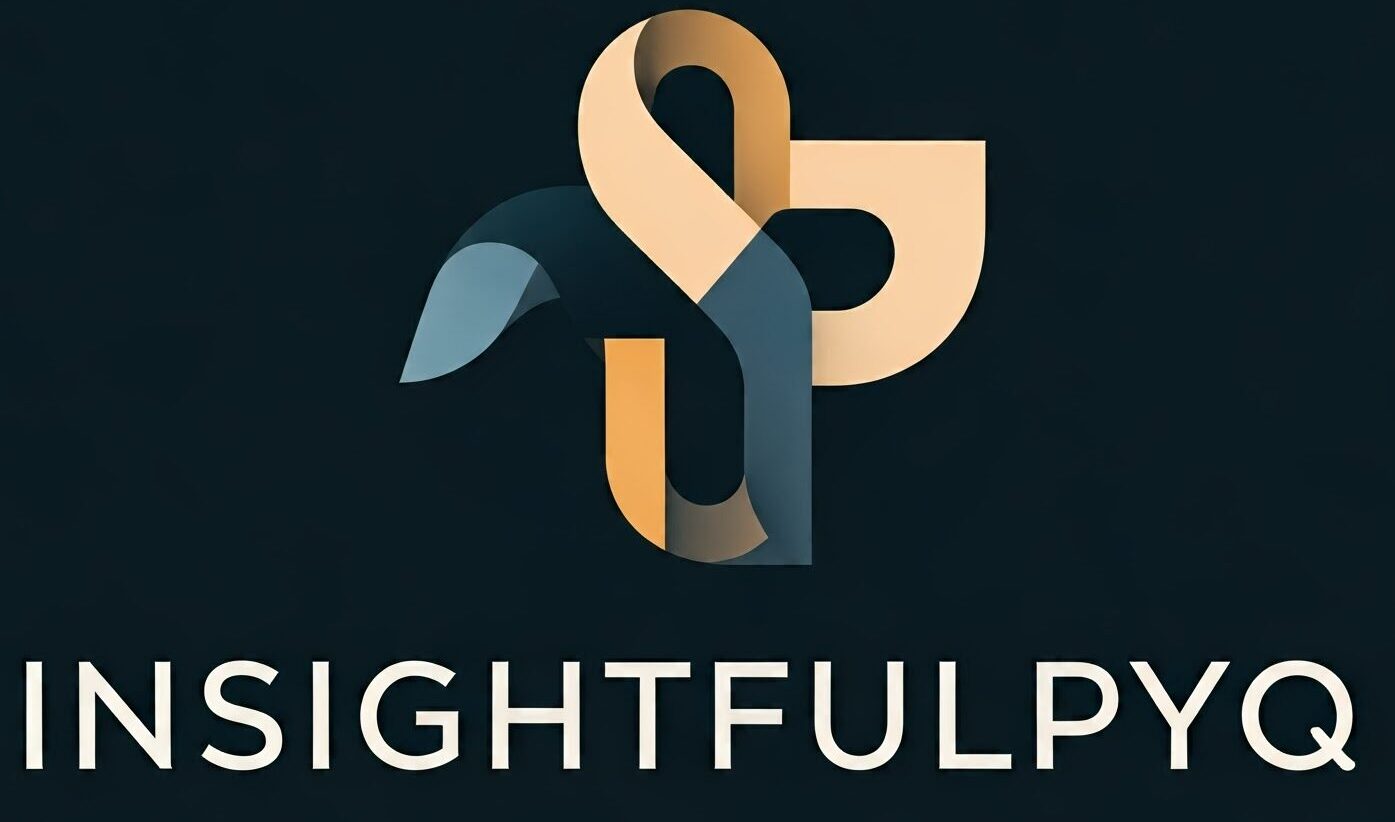Scientists are exploring DNA as a tiny, powerful tool for quantum computing. Here’s why it’s a big deal.
Imagine a computer so small it could fit inside a single cell—and so powerful it could solve problems regular computers can’t. Sounds like sci-fi? Scientists are now saying DNA, the molecule that holds our genetic code, might be the key to making this real. Let’s break it down.
DNA: Not Just for Genetics Anymore
You know DNA as the blueprint for life. But researchers at Peking University just discovered something wild: DNA might also work like a quantum computer. Here’s how:
- Electric Fields Control DNA’s “Spin”: Atoms inside DNA (like nitrogen) have tiny magnetic properties called nuclear spins. Think of these spins like compass needles pointing in different directions. Scientists found they can use electric fields to flip these spins—like using a remote control to rearrange the needles.
- DNA Stores Data in Its Structure: DNA already stores genetic info (like eye color). Now, scientists say those same nitrogen atoms could also store computer data. Imagine DNA as a USB drive that holds both your genes and your Netflix password.
Why DNA Could Beat Silicon
Today’s computers use silicon chips, but they’re hitting limits. DNA could solve two problems at once:
- Storage: A single gram of DNA can hold 215 million gigabytes of data.
- Processing: DNA’s spins could act like switches in a quantum computer, solving complex problems (like drug discovery) way faster.
“DNA’s structure is like a built-in code,” says researcher Yu Zheng. “We’re learning to hack it.”
How Did They Do It?
The team used three tools to crack DNA’s quantum secrets:
- Computer Models: They simulated how DNA moves and reacts to electric fields.
- Math Magic: They calculated how nitrogen spins respond to those fields.
- Spin Experiments: They tested how spins in DNA bases (A, T, C, G) “talk” to each other.
The result? They found patterns in how spins align with DNA’s 3D shape—like a hidden language.
The Catch (Because There’s Always One)
This is still early-stage science. Challenges include:
- Controlling Spins Without Mistakes: DNA wiggles and jiggles in real life, which could mess up calculations.
- Scaling Up: Making a single DNA computer work is one thing. Building millions? That’s harder.
But researchers are hopeful. Next, they’ll study how protons (hydrogen atoms) in DNA could team up with nitrogen spins to make calculations even faster.
Why Should You Care?
If DNA computing works, it could change everything:
- Medicine: Design life-saving drugs in days, not years.
- Climate Science: Model Earth’s climate with insane accuracy.
- Data Storage: Save all human knowledge in a sugar-cube-sized DNA block.
The Bottom Line
DNA isn’t just for biologists anymore. This discovery opens the door to computers that are smaller, greener, and smarter than anything we’ve seen. Will your next laptop be DNA-powered? Probably not yet. But in 20 years? Don’t bet against it.
“We’re not just reading DNA anymore,” says researcher Quansheng Ren. “We’re teaching it to think.”
